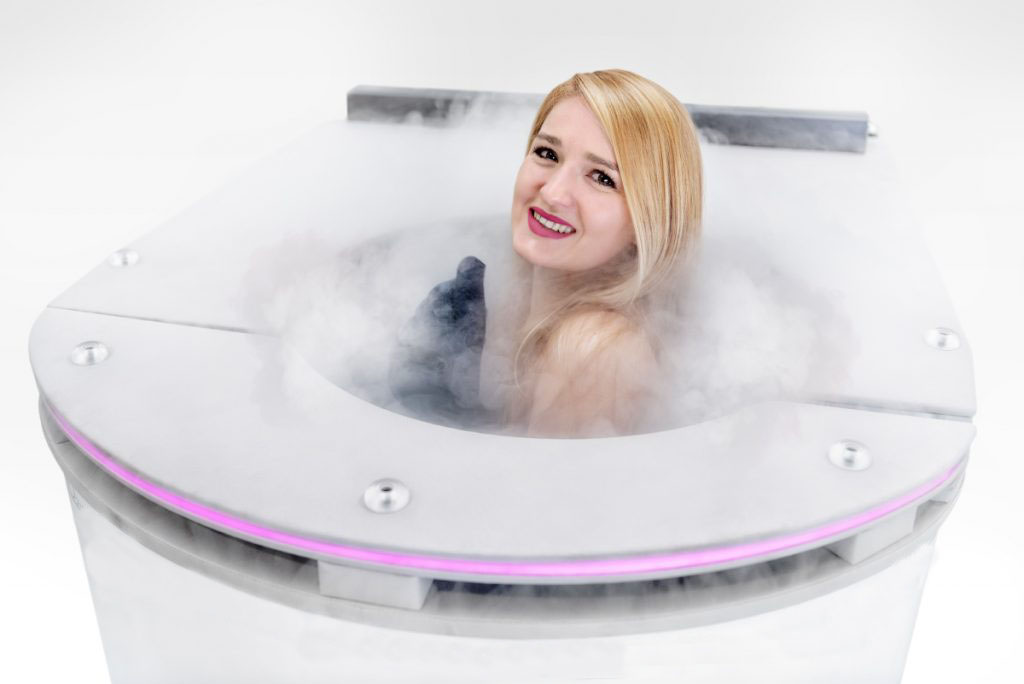Cryotherapy, the practice of exposing the body to extremely cold temperatures for short periods, has gained considerable attention in the field of sports injury rehabilitation. Initially popularized for its immediate effects on pain relief and inflammation reduction, the long-term benefits of cryotherapy are now being increasingly explored, offering promising avenues for enhancing recovery and overall athletic performance. In sports medicine, where injury prevention and efficient rehabilitation are critical, cryotherapy’s role extends beyond short-term symptom management to potentially facilitating deeper physiological healing and improved functional outcomes. One of the most significant long-term benefits of cryotherapy in sports injury rehabilitation is its ability to accelerate tissue repair and regeneration. When an athlete sustains an injury, such as a muscle strain, ligament sprain, or joint trauma, the body initiates a complex healing process that involves inflammation, cellular repair, and remodeling of tissues. Cryotherapy helps modulate this process by reducing excessive inflammation, which can otherwise prolong recovery time and increase tissue damage. By constricting blood vessels and decreasing metabolic activity, cold therapy limits the secondary injury cascade that often follows the initial trauma.

Over repeated sessions, this reduction in inflammation contributes to faster healing, enabling athletes to return to training and competition sooner and with less risk of chronic issues. Furthermore, cryotherapy has been shown to positively influence muscle recovery, which is crucial for athletes who engage in repetitive, high-intensity training. Muscle fatigue and micro trauma accumulate with continuous exercise, potentially leading to overuse injuries and decreased performance. Regular cryotherapy sessions promote the removal of metabolic waste products such as lactic acid and reduce muscle soreness, enhancing the overall recovery cycle. The cumulative effect of this improved muscle recovery supports better training adaptations and minimizes downtime, which is essential for maintaining peak physical condition over a sports season or career. Beyond tissue healing and muscle recovery, cryotherapy may also enhance neuromuscular function and pain management over the long term. Chronic pain and altered neuromuscular control often develop following sports injuries, sometimes resulting in compensatory movement patterns that increase the risk of re-injury. Cryotherapy can help recalibrate the nervous system’s response to pain through its analgesic effects and influence on nerve conduction velocity.
This can lead to improved proprioception and motor control, helping athletes regain optimal movement patterns and reduce the likelihood of future injuries. Psychologically, cryotherapy offers benefits that can contribute to sustained rehabilitation success. The invigorating and mood-enhancing effects of cold exposure, attributed to the release of endorphins and modulation of the autonomic nervous system, can improve an athlete’s mental resilience and motivation. Over time, maintaining a positive psychological state is critical for adherence to rehabilitation protocols and for coping with the challenges of injury recovery. Cryotherapy offers a multifaceted approach to sports injury rehabilitation, with benefits extending well beyond immediate pain relief. Its long-term advantages include accelerated tissue healing, enhanced muscle recovery, improved neuromuscular function, and psychological support, all of which contribute to more efficient and sustainable rehabilitation outcomes. As research continues to evolve, cryotherapy Edinburgh is poised to become an integral component of modern sports medicine, helping athletes recover faster, perform better, and reduce the risk of future injuries.